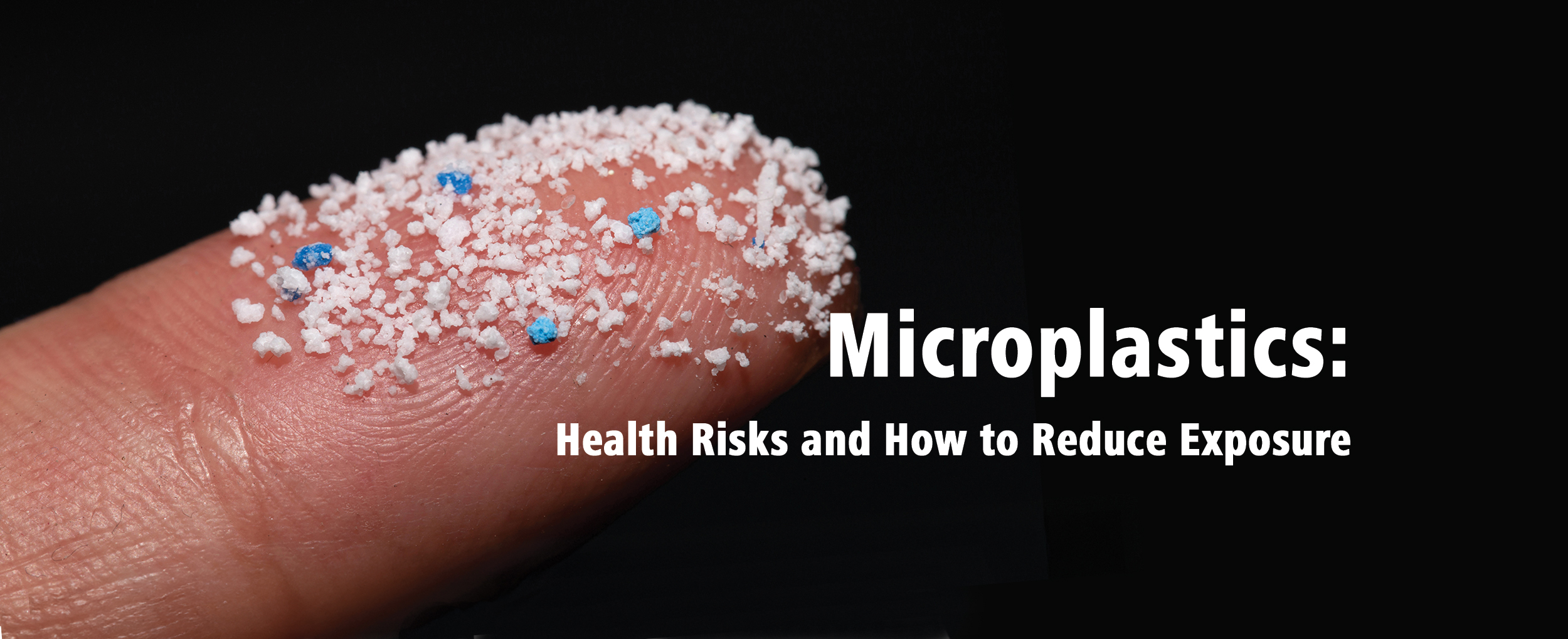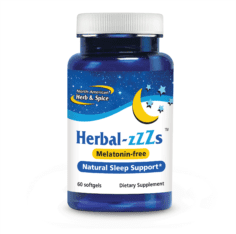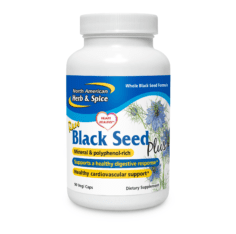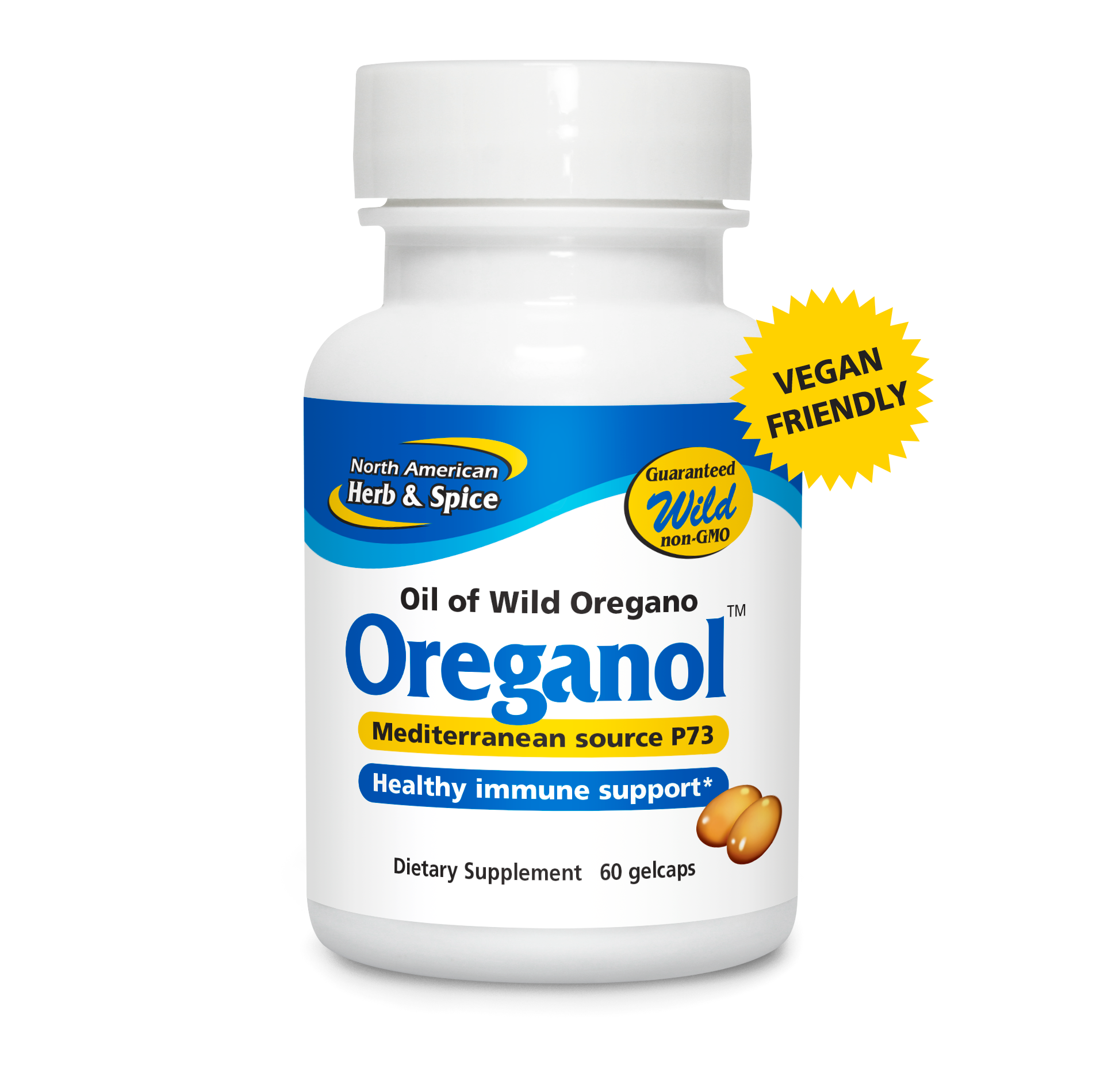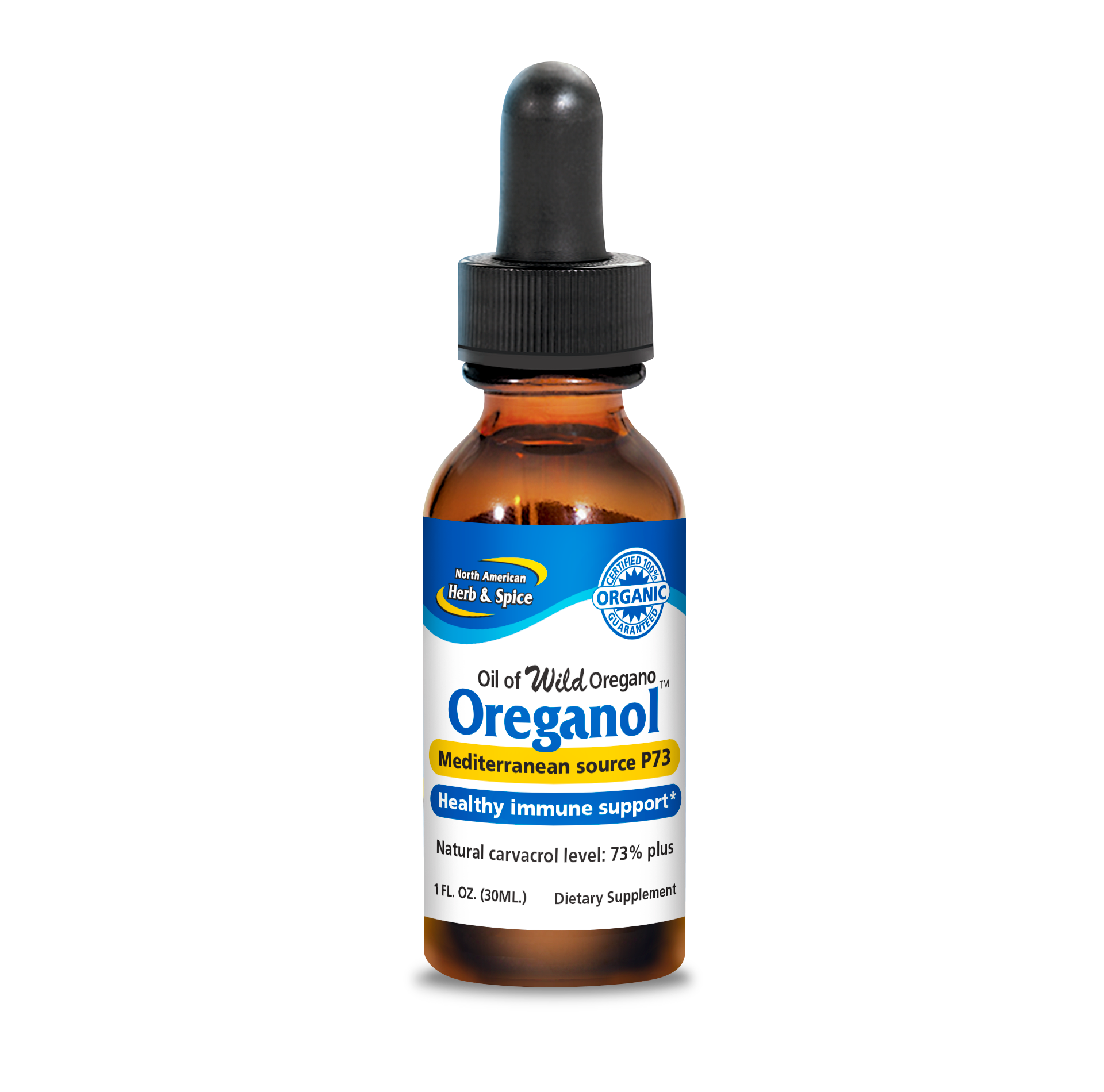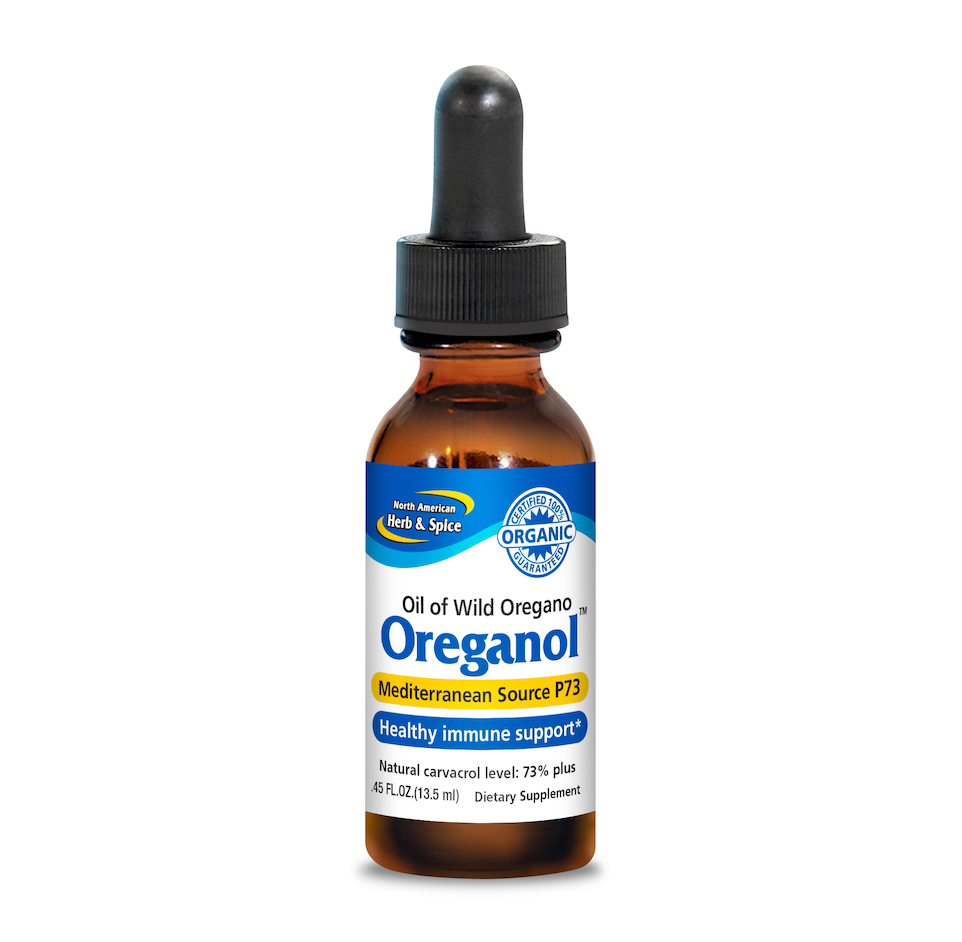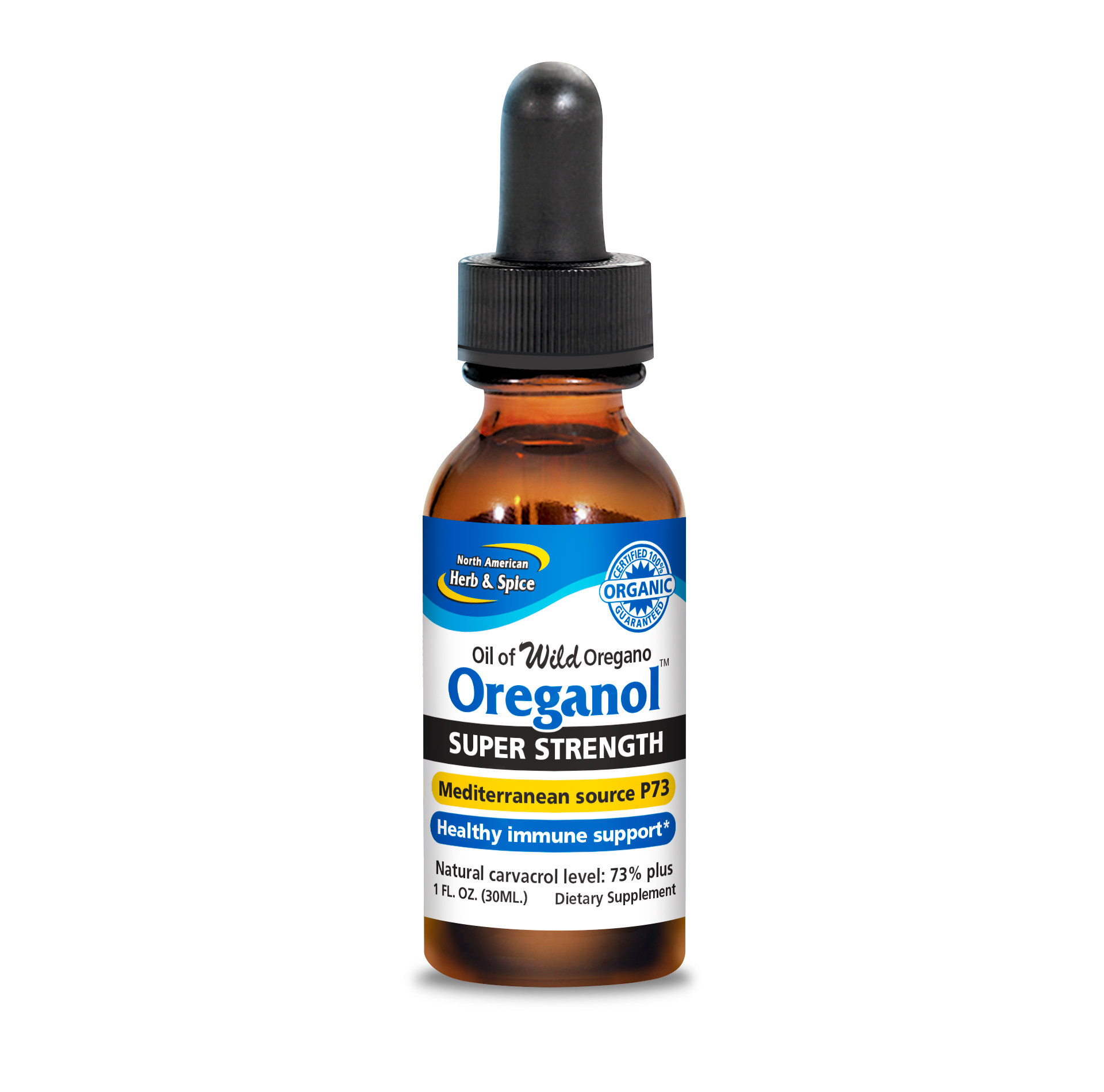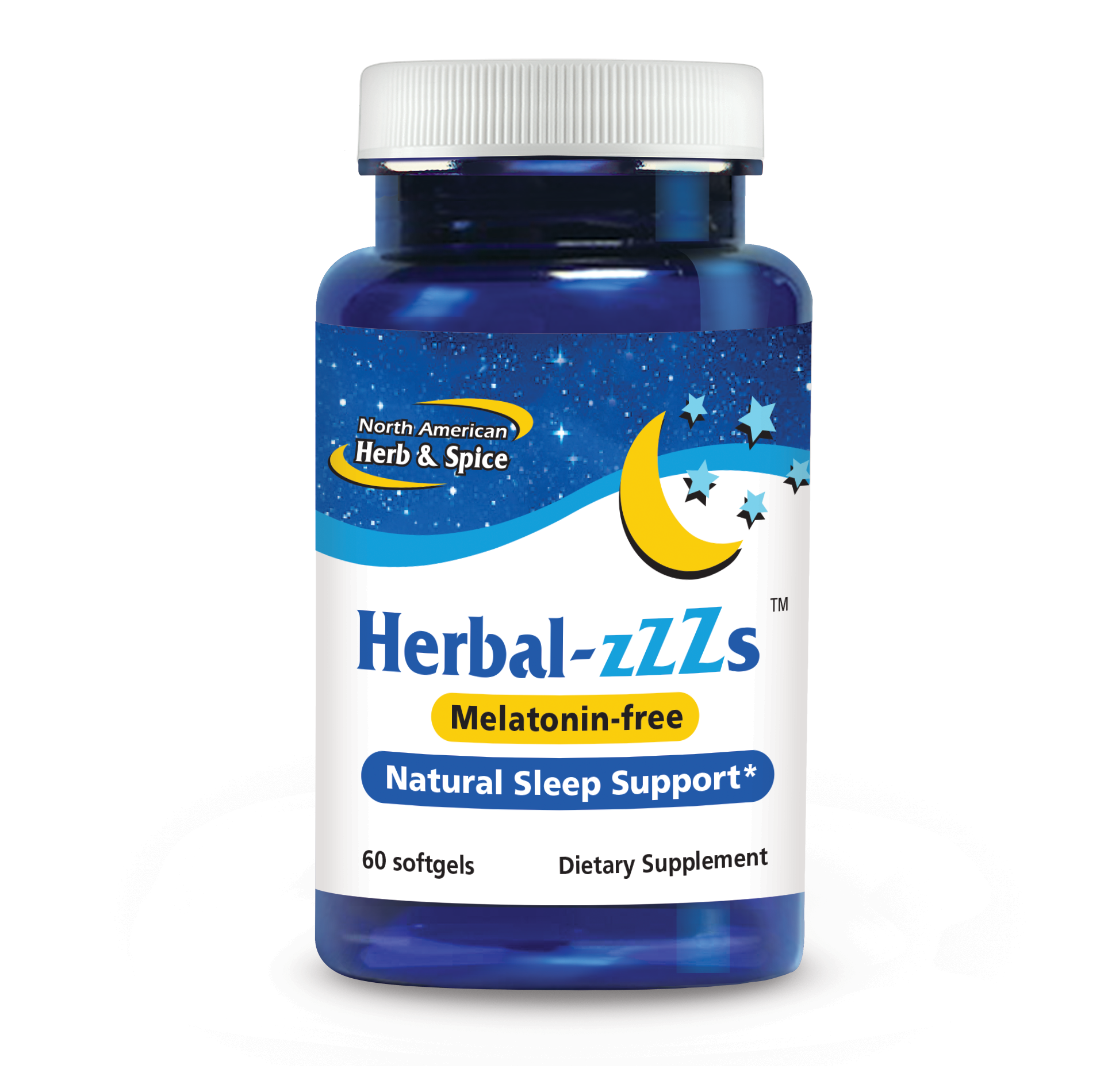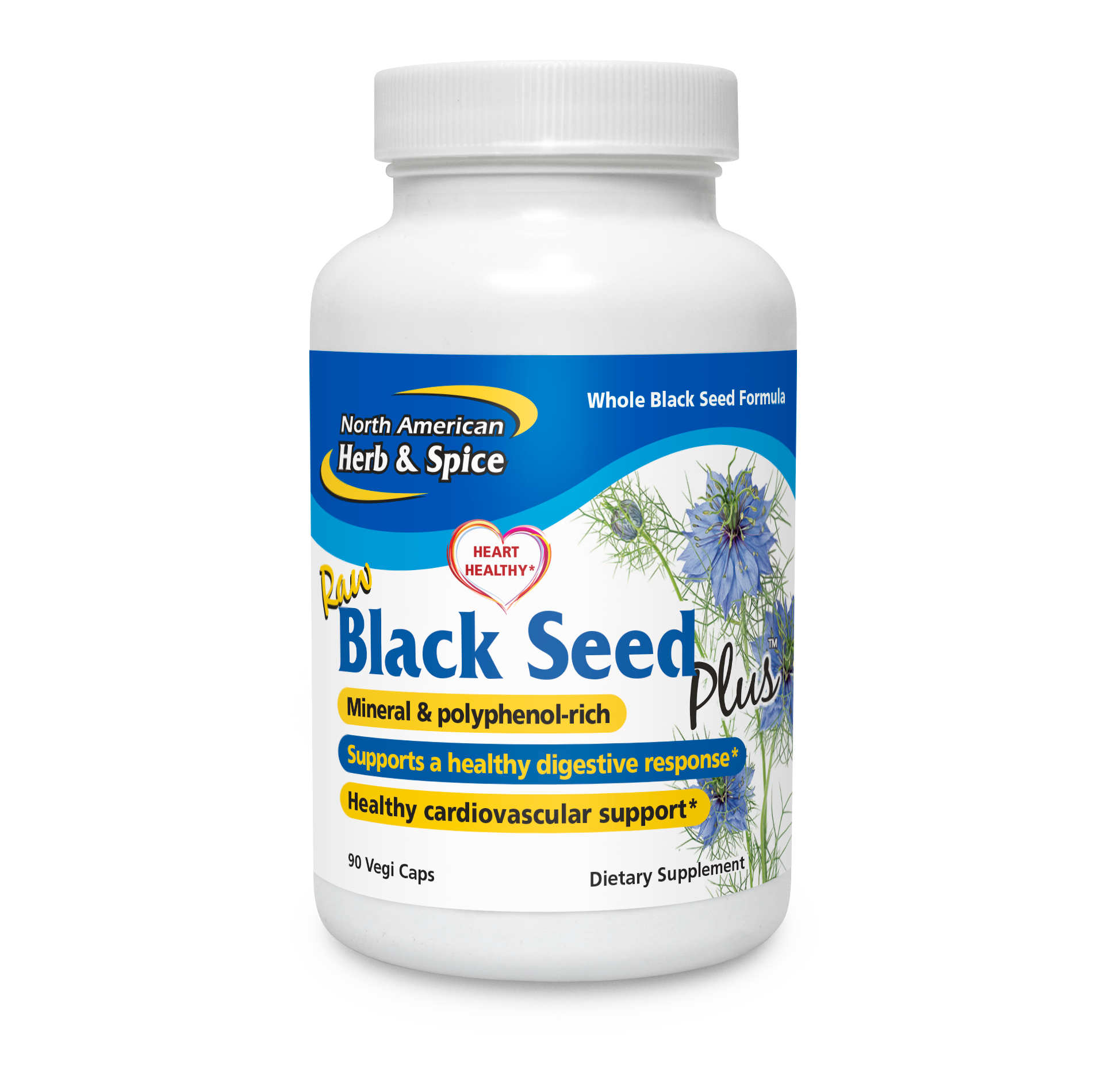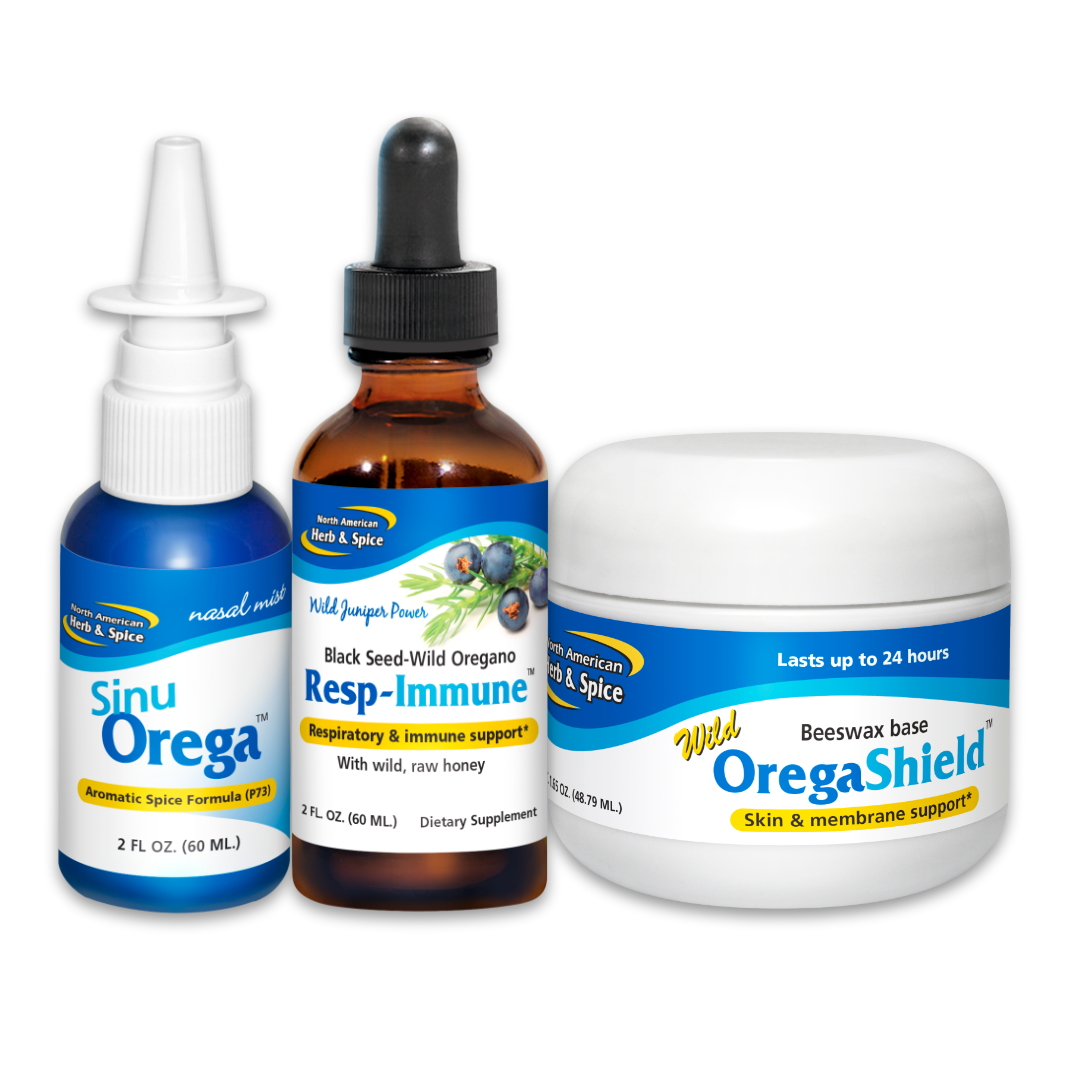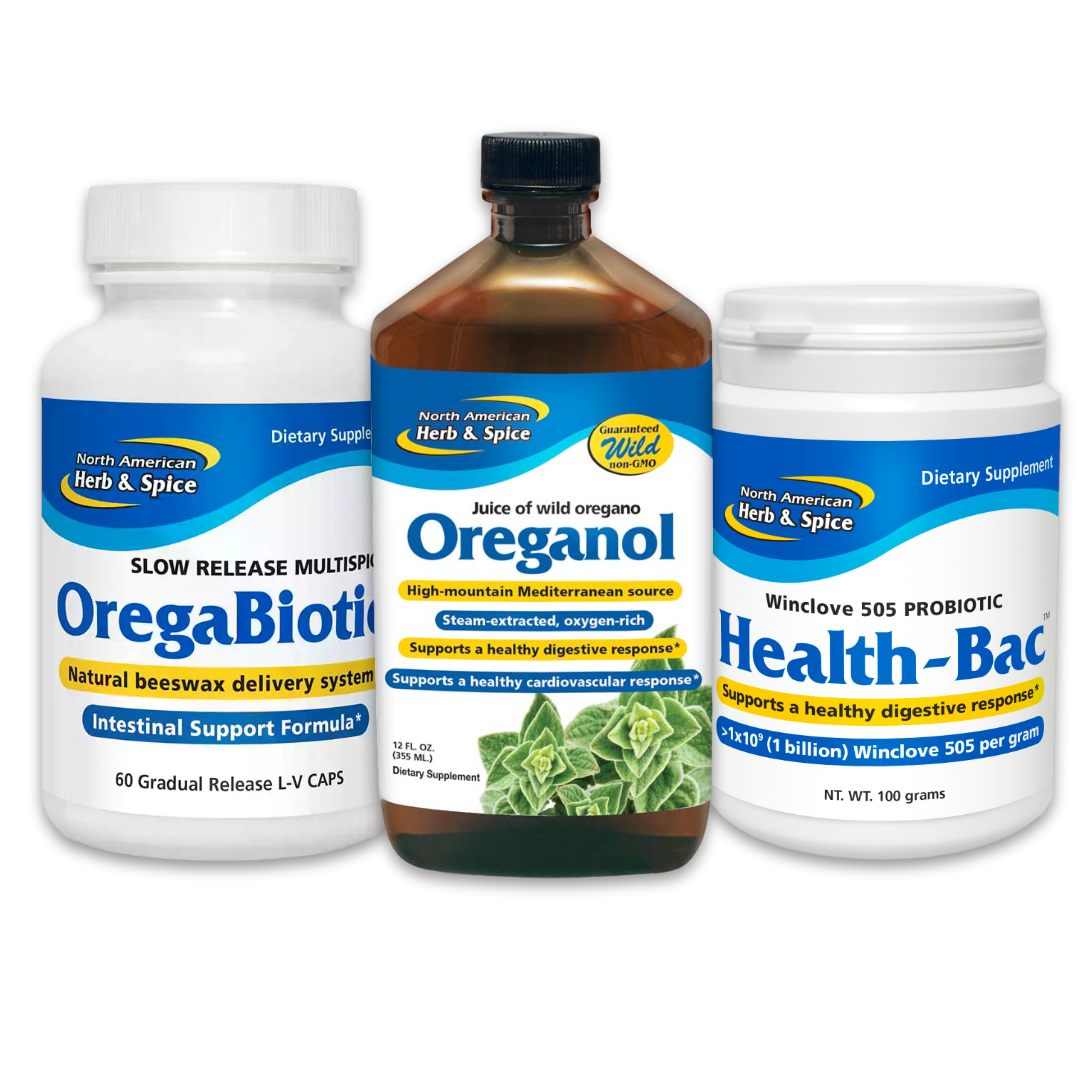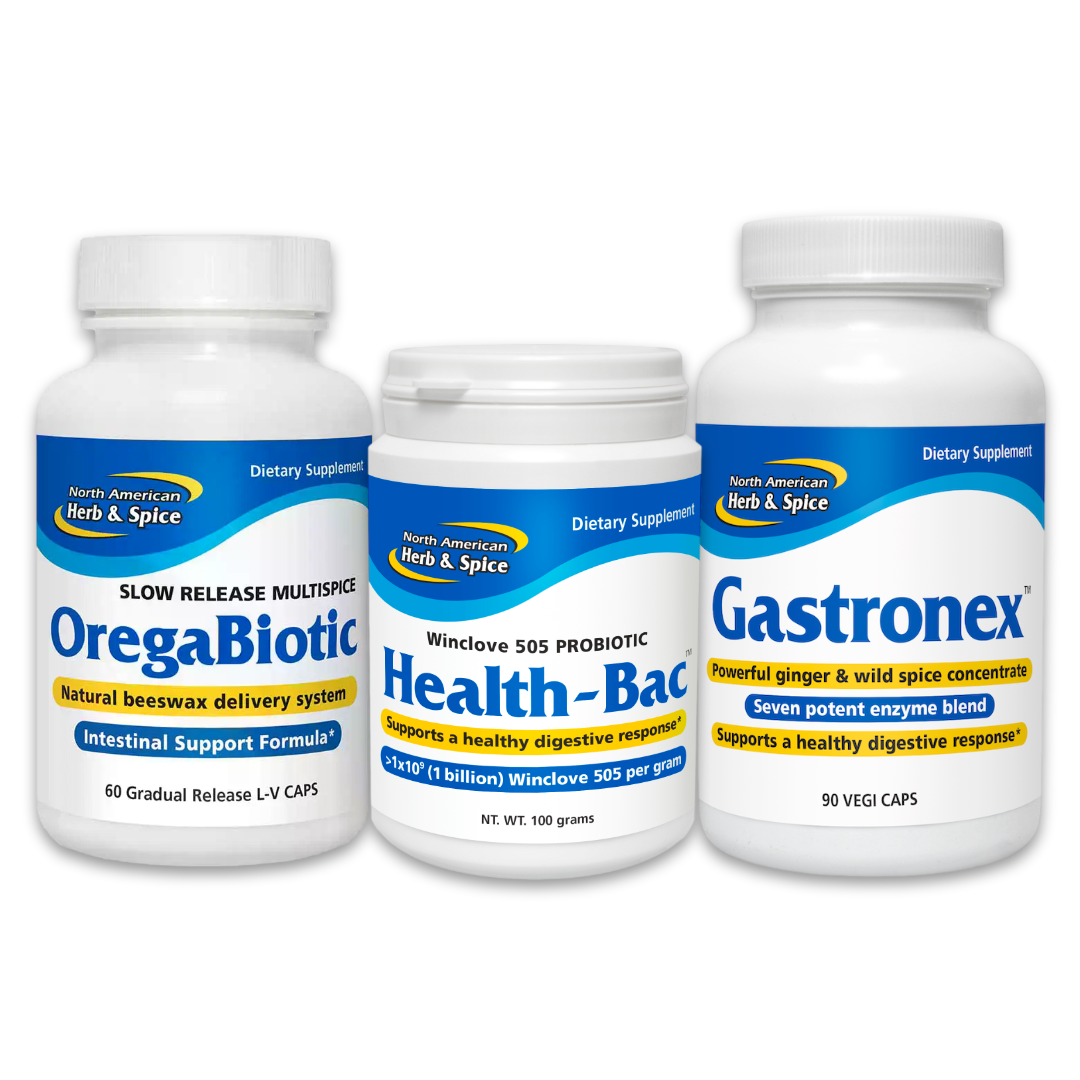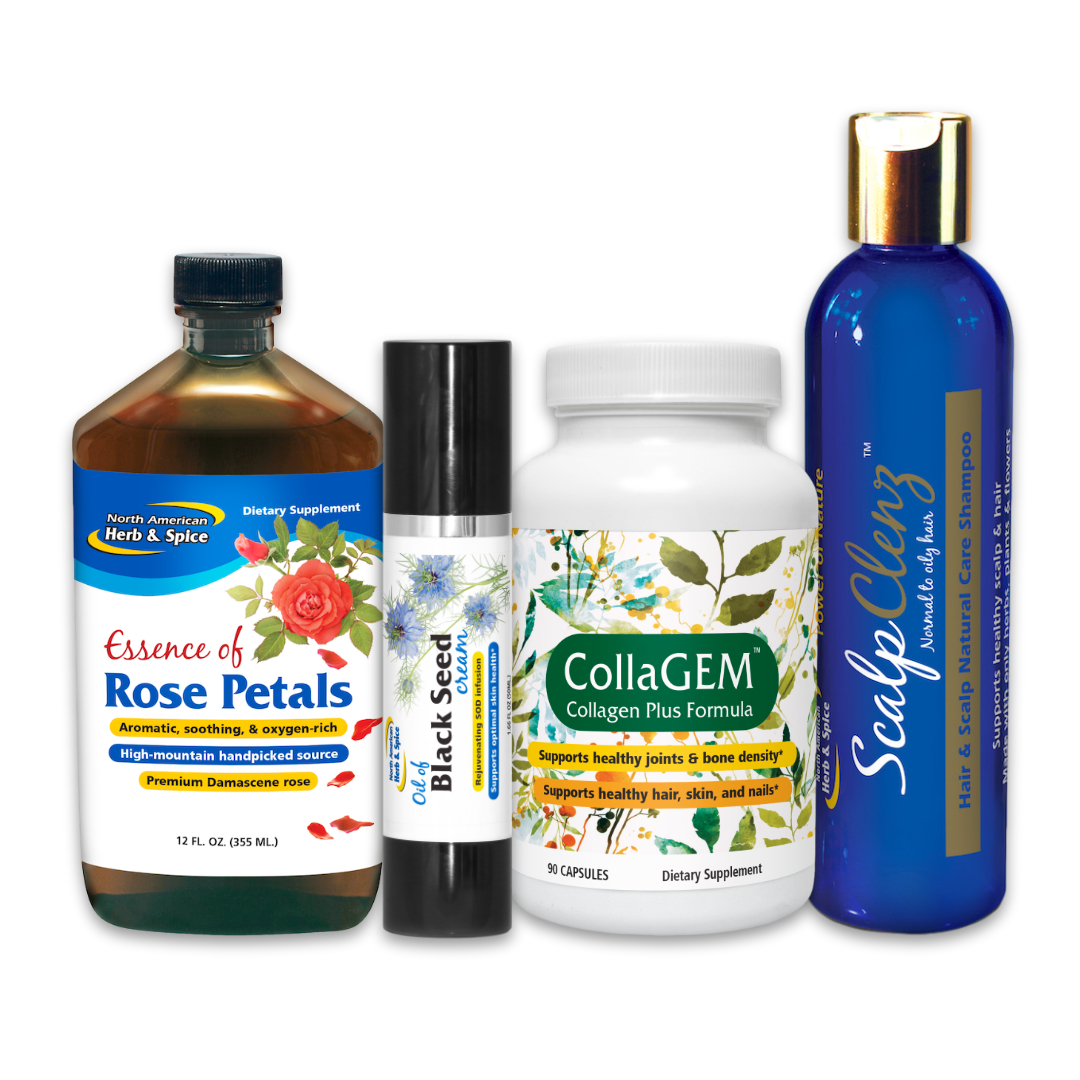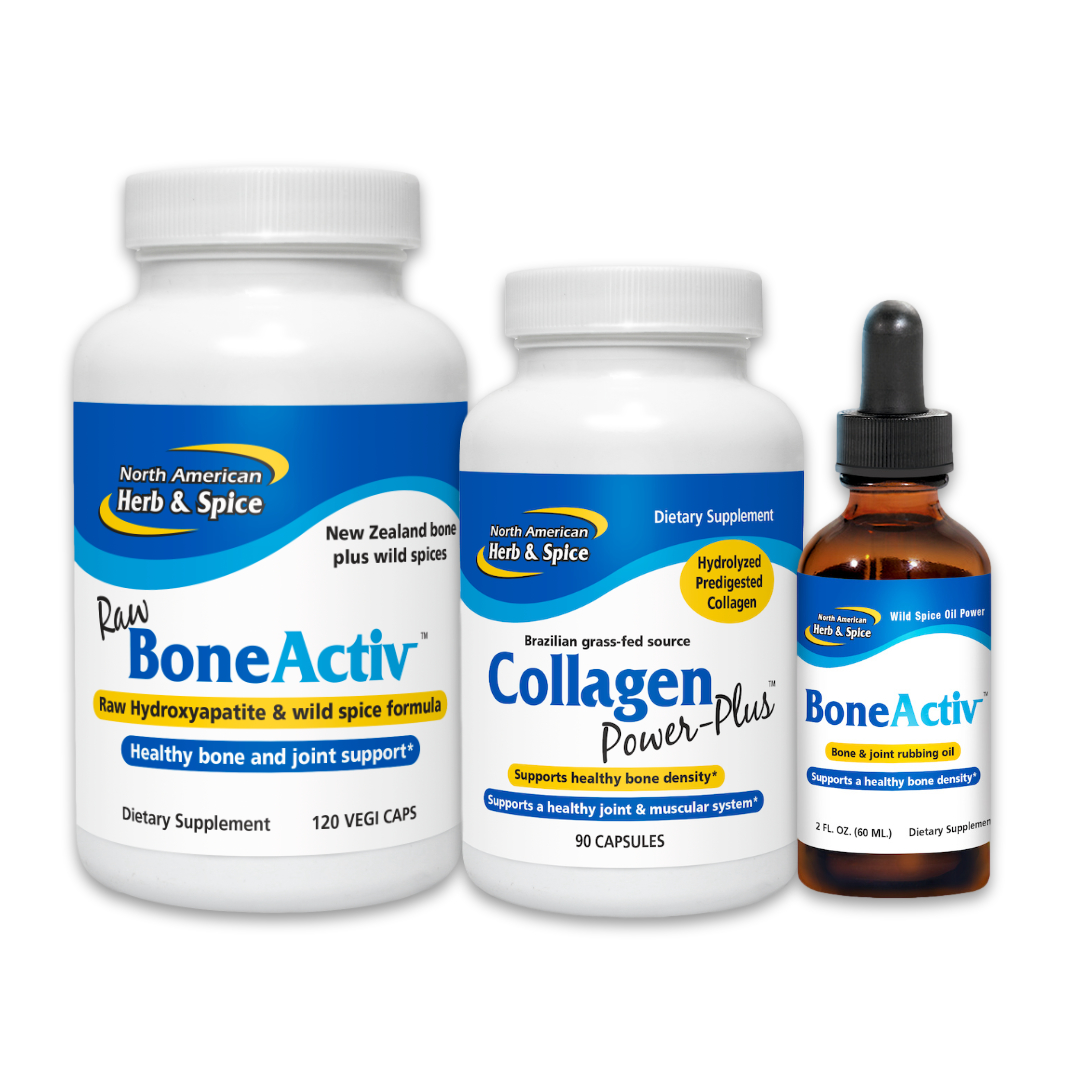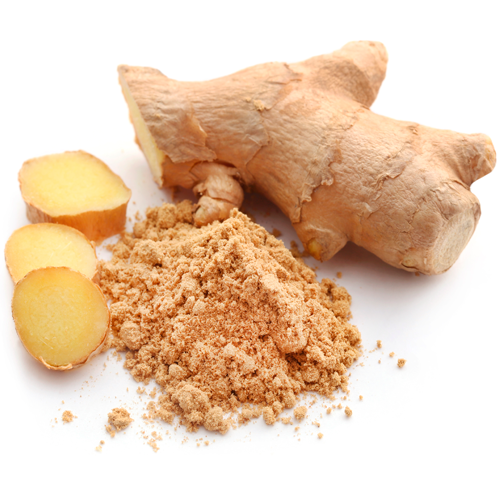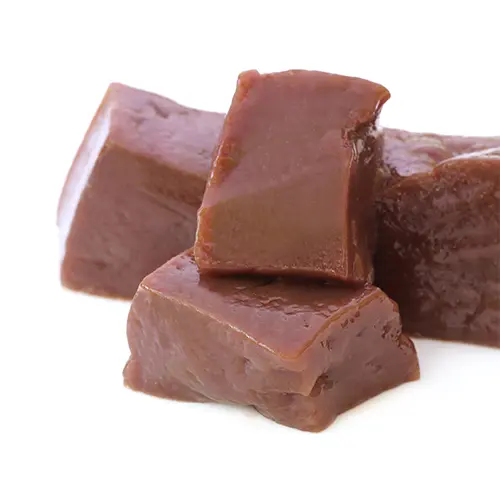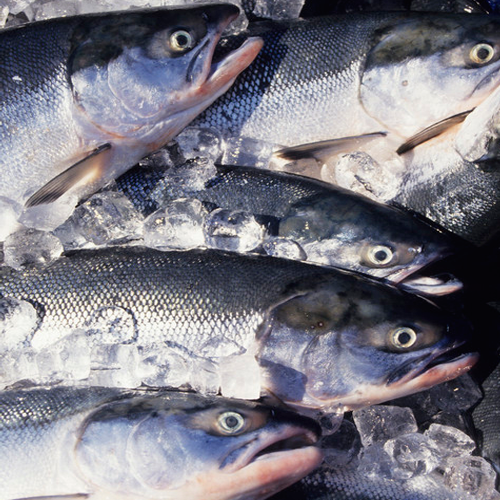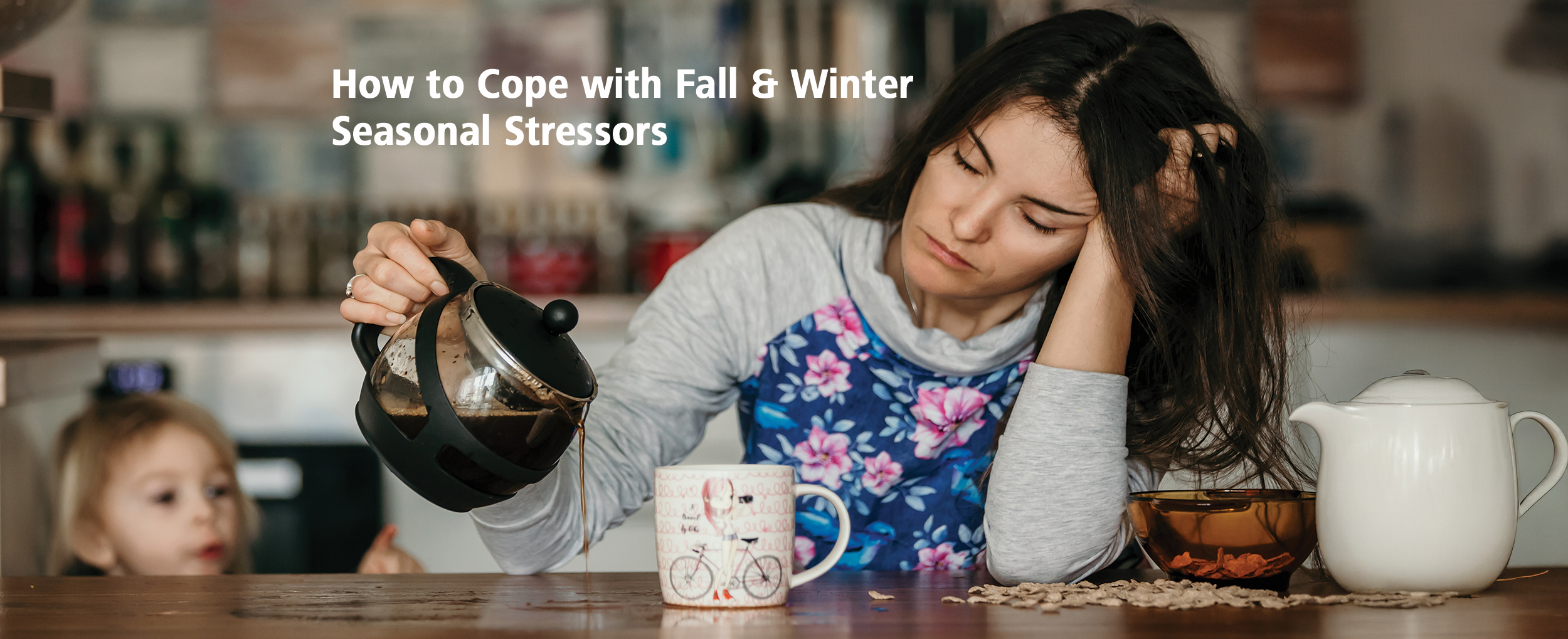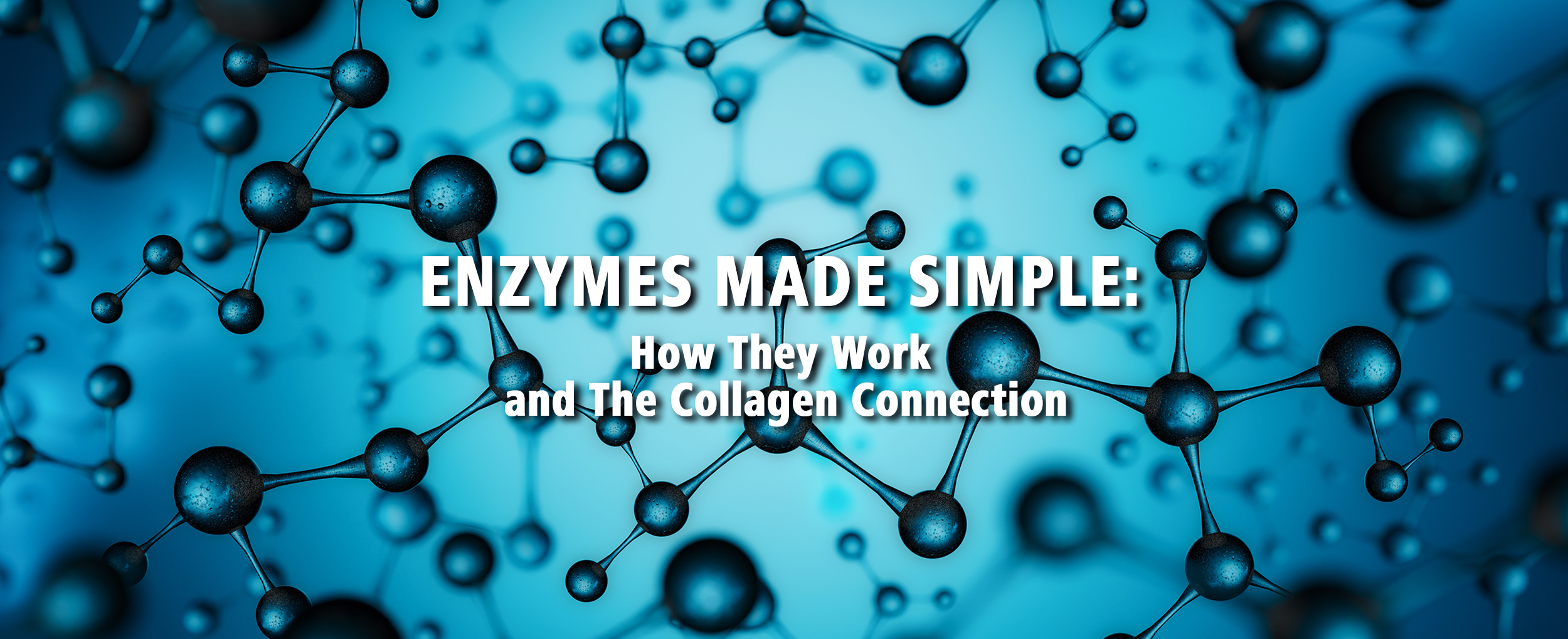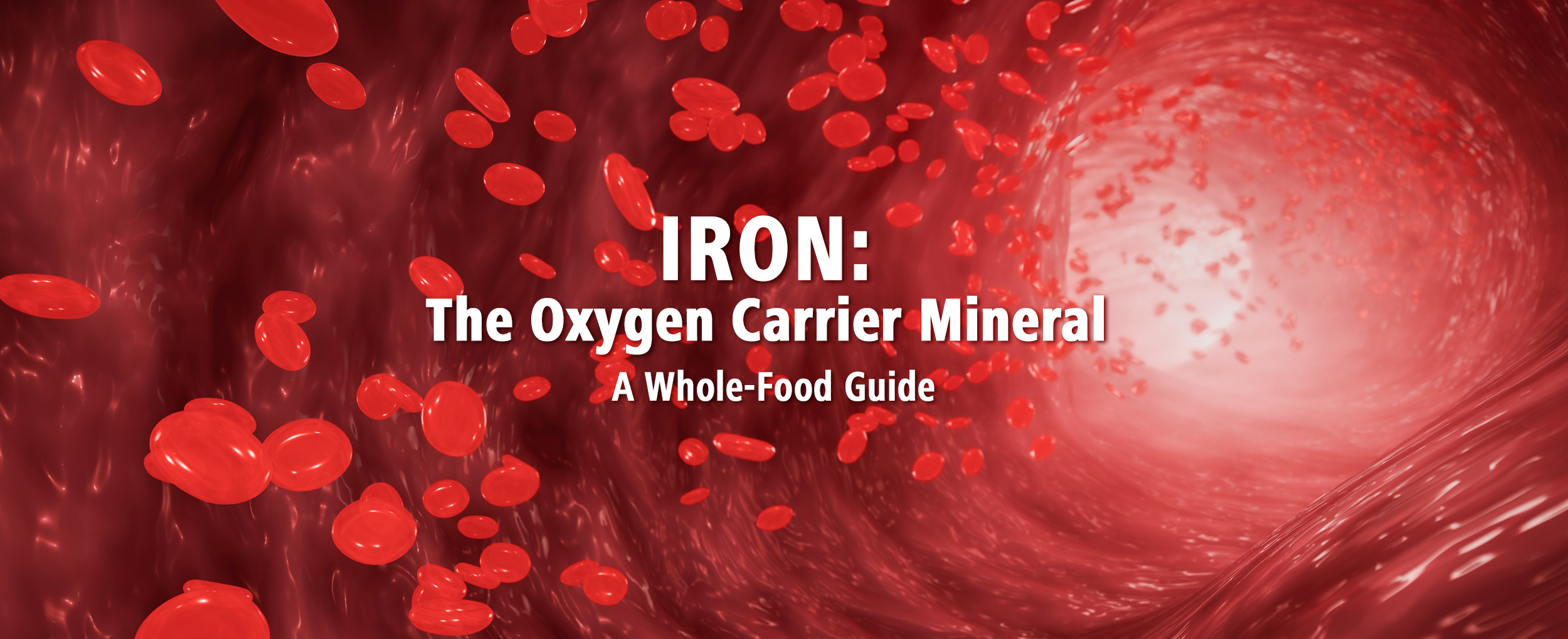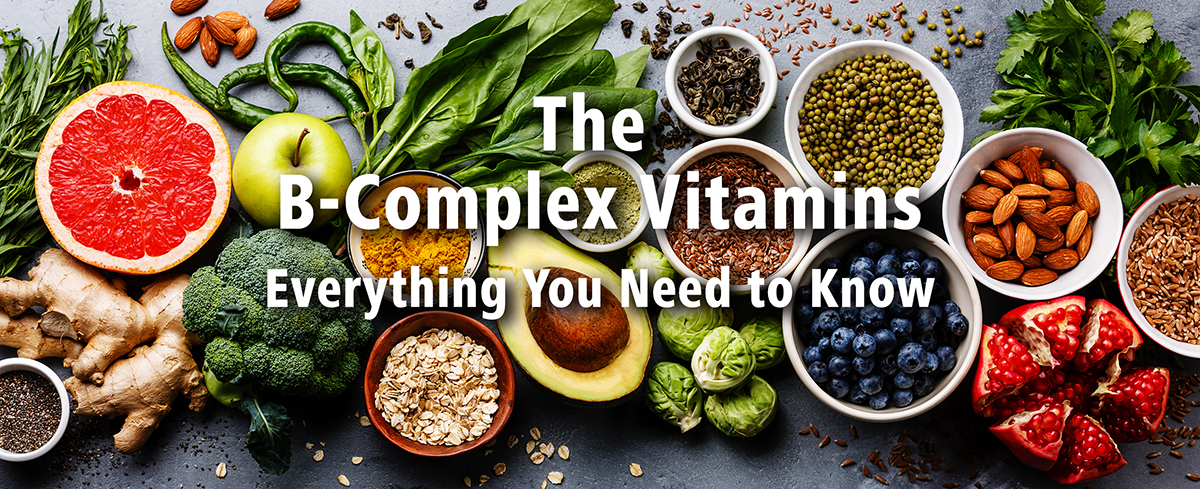Microplastics and nanoplastics have emerged as significant environmental and health concerns. They are now documented in human blood, lungs, placenta, arteries, and even tissues of the brain, kidneys, and liver. This article explores what they are, where they come from, how they affect health, and practical ways to reduce our exposure.
What are Microplastics (and Nanoplastics)?
Microplastics (MPs) are plastic particles smaller than 5 mm; nanoplastics (NPs) are usually <1 µm. They originate from intentionally made small plastics and from the breakdown of larger items. Common polymers include polyethylene (PE), polypropylene (PP), polyethylene terephthalate (PET), polystyrene (PS), and polyvinyl chloride (PVC). At the time of this article, global production exceeds 400 million metric tons annually!
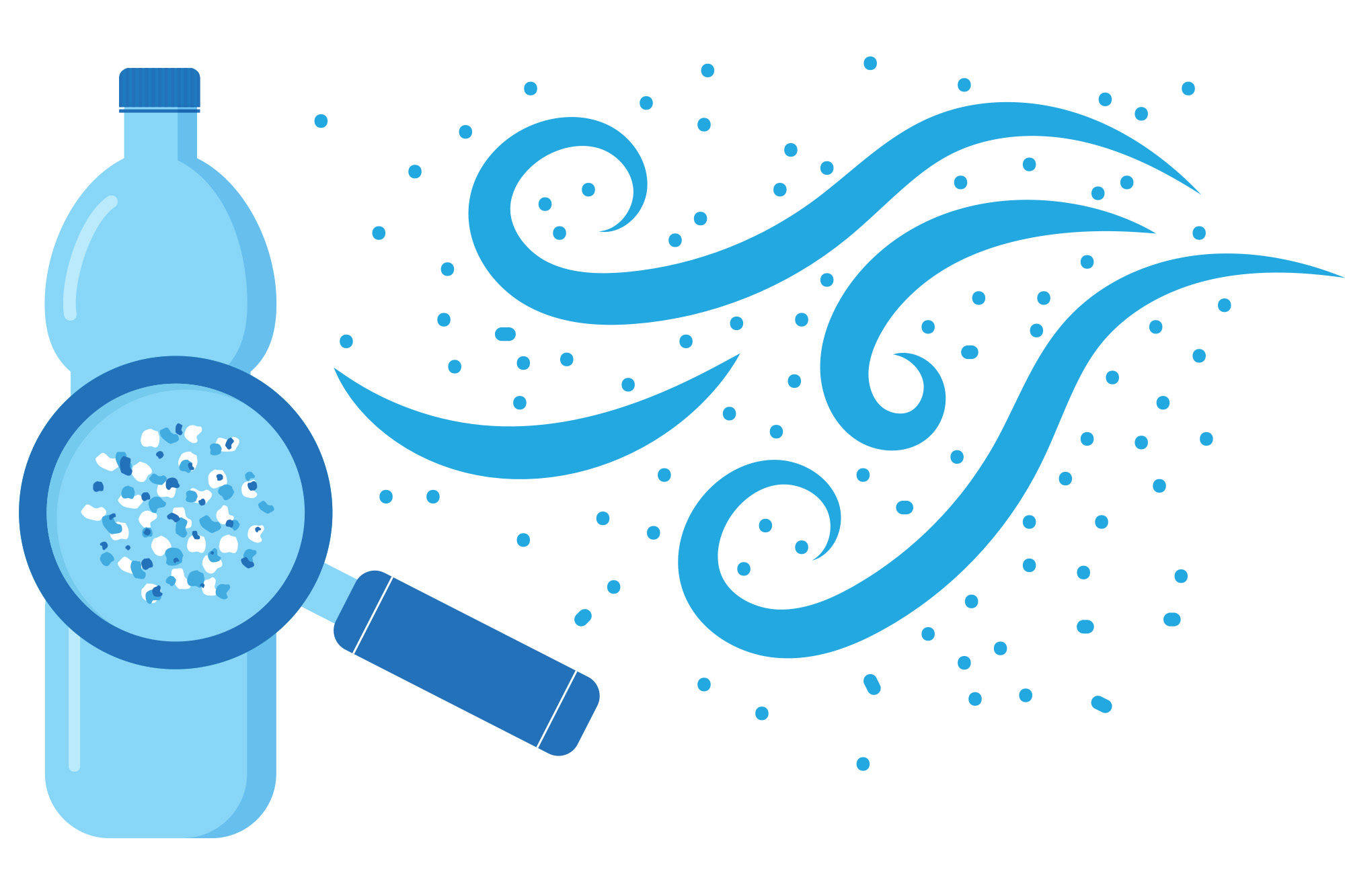
Where Do They Come From and How Much Are We Exposed To?
Major exposure routes are ingestion (food and water), inhalation (indoor and outdoor air), and, to a lesser degree, dermal contact. Bottled water is a well-known example and helps provide a sobering perspective. It has been found to contain up to hundreds of thousands of nanoplastics per liter. Indoor air can carry tens of thousands of airborne plastic fibers per day. Tea bags made from nylon or PET can release billions of particles into a single cup!

Why Commercial Tea Bags Are Not Healthy
Many commercial tea bags are sealed with polypropylene plastic, which helps maintain structure during brewing. However, when exposed to boiling water, they can release millions, or even billions of microplastic and nanoplastic particles into a single cup. Switching to organic loose-leaf tea with stainless steel or uncoated paper filters is a safer alternative.
How Heat Makes Plastic More Problematic
Plastics exposed to heat are more likely to degrade and leach microplastics and harmful additives. For example, bottled water stored above 80°C (176°F), such as in a hot car, shows increased levels of microplastics and chemicals like antimony and BPA, a hormone-disrupting chemical derivative found in plastics. Similarly, cooking with plastic utensils or microwaving food in plastic containers accelerates the release of plastic particles and chemicals into food. Glass, stainless steel, and ceramic cookware are safer alternatives.
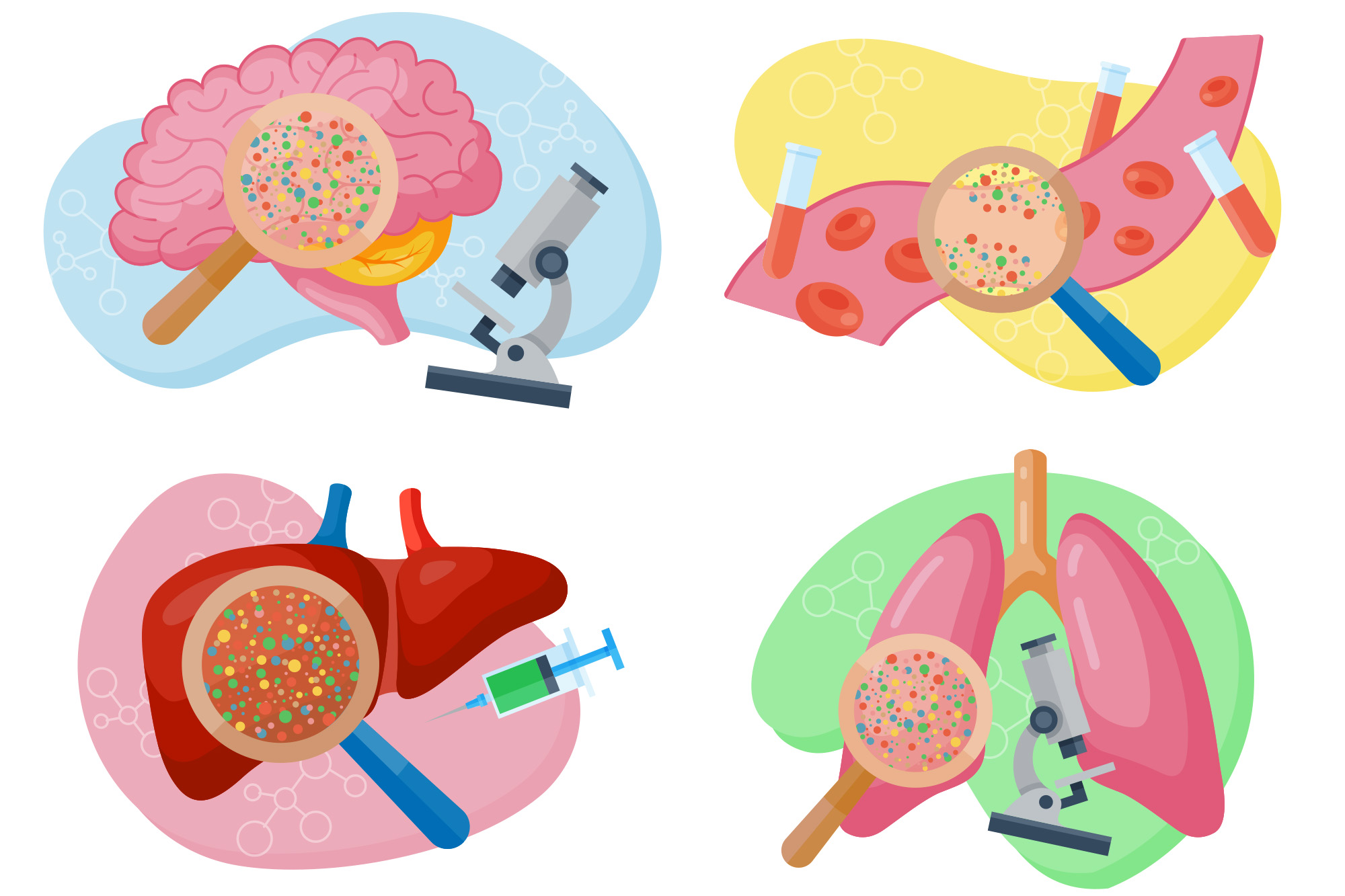
Where Do Plastics End Up in the Body?
Studies have detected microplastics in human blood, lungs, placenta, arteries, kidneys, liver, and even brain tissue. These findings confirm systemic distribution, though contamination controls remain a debated challenge.
Which Microplastics Are the Most Harmful?
Smaller particles (especially nanoplastics) are more concerning because they can cross biological barriers. Fibers are problematic in the lungs. PVC and polystyrene may be particularly harmful due to additives and leaching chemicals. Microplastics can also carry heavy metals and persistent organic pollutants.
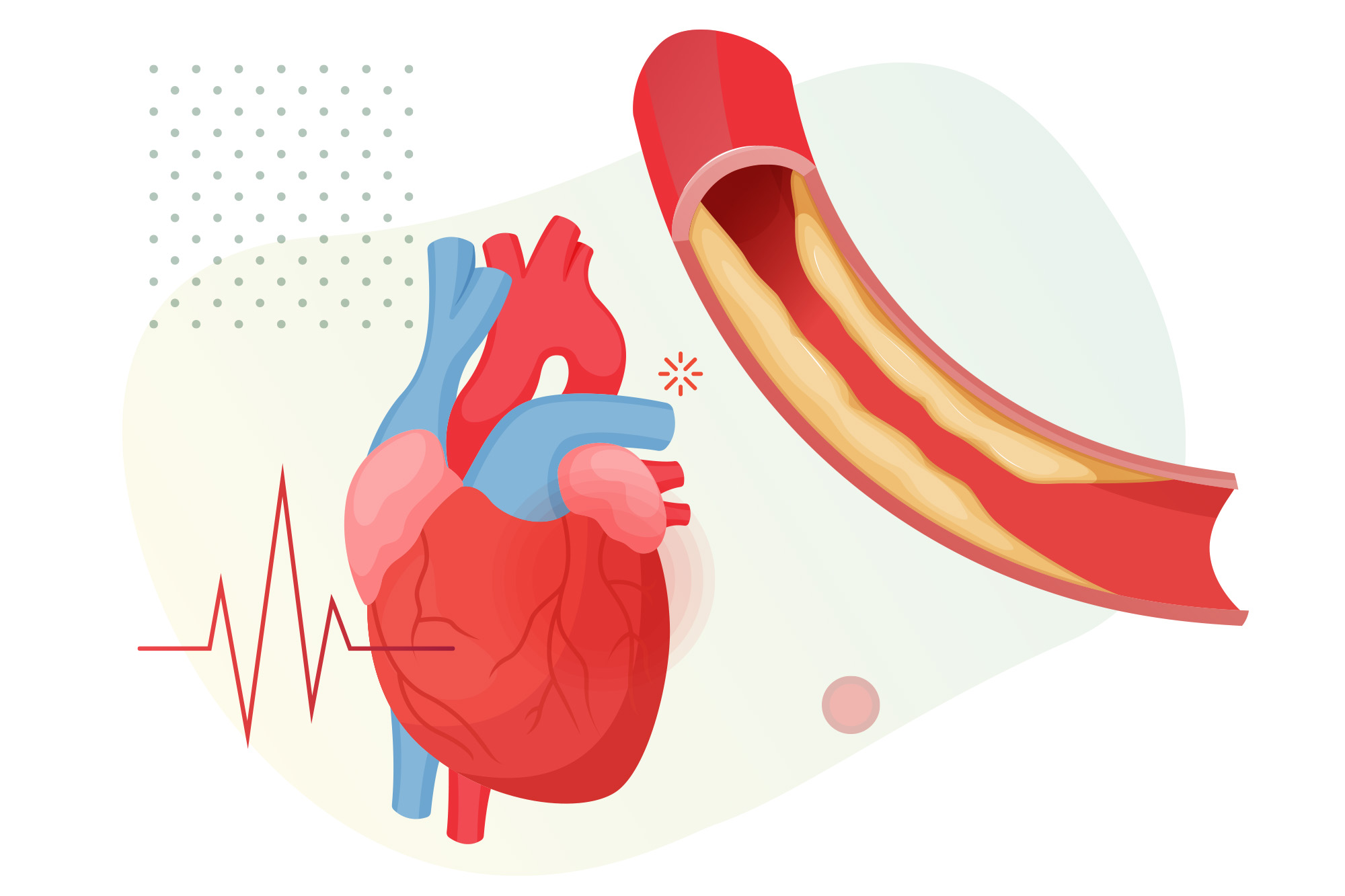
Long-Term Health Effects
The strongest human evidence links micro- and nanoplastics in carotid artery plaques to a 4.5-fold higher risk of major cardiovascular events. Animal and cellular studies suggest they may cause inflammation, oxidative stress, and impaired endothelial (blood vessel wall) function. Respiratory irritation and potential reproductive effects are also being investigated.

Are We Really Consuming a Credit Card’s Worth of Plastic Each Day?
Technically, yes! A widely cited figure is around 5 grams per week—roughly the weight of a credit card—based on a 2019 WWF-commissioned study published by the University of Newcastle, Australia. (see link below). Different environments and locations around the world, and lifestyle habits, can make it hard to measure. However, the findings of the study are clear. The average person was consuming 5 grams per week. This is about 9 ounces per year, or more than half a pound of plastic going into our bodies. Suffice to say, the world has reached a great inflection point.
Practical Ways to Reduce Exposure
- Prefer filtered tap water over bottled water, use glass spring water options as well
- Avoid microwaving food in plastic containers.
- Use loose-leaf tea with stainless steel infusers instead of plastic tea bags.
- Wash fewer synthetic clothes, use cold cycles, and consider microfiber-catching filters.
- Clean indoor spaces with HEPA vacuums, use high-quality air filters, and ensure good ventilation.
- Switch to stainless steel, glass, or ceramic cookware and containers.
- Carry your own thermos or plastic-free reusable water container.
- Avoid putting hot foods or drinks on plastic surfaces or in plastic containers.
- Store leftovers in glass or stainless steel rather than plastic wrap or tubs.
- Use natural fiber clothing when possible, and wash synthetics in cold cycles with filters.
- Replace old or damaged plastic kitchen items with safer alternatives.
- Choose whole foods and minimize processed/packaged items.
Prevention is the best medicine: making small, consistent choices greatly reduces long-term exposure. Are your friends and family members being smothered in plastics right now? Let’s educate them! Share this article and check out our Learning Center or Shop for more resources.
Detoxing Plastics: Herbs and Nutrients
No proven human protocol exists for removing microplastics from tissues. However, certain nutrients and herbs support the body’s natural defenses:
• Dietary fiber helps increase fecal bulk and reduce chemical absorption.
• Antioxidants like vitamin C, vitamin E, selenium, and omega-3s help reduce oxidative stress.
• Herbs and compounds such as turmeric, ginger, oregano, rosemary, and sage offer inflammation support and antioxidant benefits.
• Probiotics and prebiotics support gut barrier health.
These are best viewed as supportive, not curative.
Conclusion
Microplastics are now ubiquitous in the human body and environment. While the science on long-term effects is still emerging, the evidence linking them to cardiovascular risk is concerning. Reducing exposure through practical steps, combined with a diet rich in whole foods and protective nutrients, offers the best strategy today.

References
- Leslie et al., Environment International, 2022 – Microplastics detected in human blood – https://doi.org/10.1016/j.envint.2022.107199
- Jenner et al., Science of the Total Environment, 2022 – Microplastics in human lung tissue – https://pubmed.ncbi.nlm.nih.gov/35364151/
- Campen et al., Toxicological Sciences, 2024 – Microplastics in human placenta – https://pubmed.ncbi.nlm.nih.gov/38366932/
- Yang et al., Environmental Science & Technology, 2023 – Microplastics in human heart tissue – https://pubmed.ncbi.nlm.nih.gov/37440474/
- Marfella et al., NEJM, 2024 – Microplastics in carotid plaques linked to cardiovascular risk – https://pubmed.ncbi.nlm.nih.gov/38446676/
- Liu et al., Nature Medicine, 2025 – Microplastics in kidney, liver, and brain tissue – https://www.nature.com/articles/s41591-024-03453-1?utm_
- Qian et al., PNAS, 2024 – Nanoplastics in bottled water – https://www.pnas.org/doi/10.1073/pnas.2300582121
- Hernandez et al., Environmental Science & Technology, 2019 – Tea bags release billions of particles – https://doi.org/10.1021/acs.est.9b02540
- Yakovenko et al., PLOS ONE, 2025 – Inhalation exposure estimates – https://pubmed.ncbi.nlm.nih.gov/40737229/
- WHO, 2022 – Review of dietary and inhalation exposure – https://www.who.int/publications/i/item/9789240054608
- WWF/University of Newcastle, 2019 – Humans ingest ~5 grams of plastic weekly – https://wwfint.awsassets.panda.org/downloads/plastic_ingestion_web_spreads.pdf?utm_
Explore our trending products:
-
Herbal-zzZs – Melatonin-Free Sleep Support
$31.99 — or Original price was: $31.99.$27.19Current price is: $27.19. / monthSave
15% Add to cart -
Black Seed-Plus Capsules
$29.99 — or Original price was: $29.99.$25.49Current price is: $25.49. / month Select options This product has multiple variants. The options may be chosen on the product page -
Purely-C Whole Food Vitamin C Complex
$37.99 — or Original price was: $37.99.$32.29Current price is: $32.29. / month Select options This product has multiple variants. The options may be chosen on the product page -
PurelyMin Magnesium Complex
$39.99 — or Original price was: $39.99.$37.99Current price is: $37.99. / monthSave
5% Add to cart

